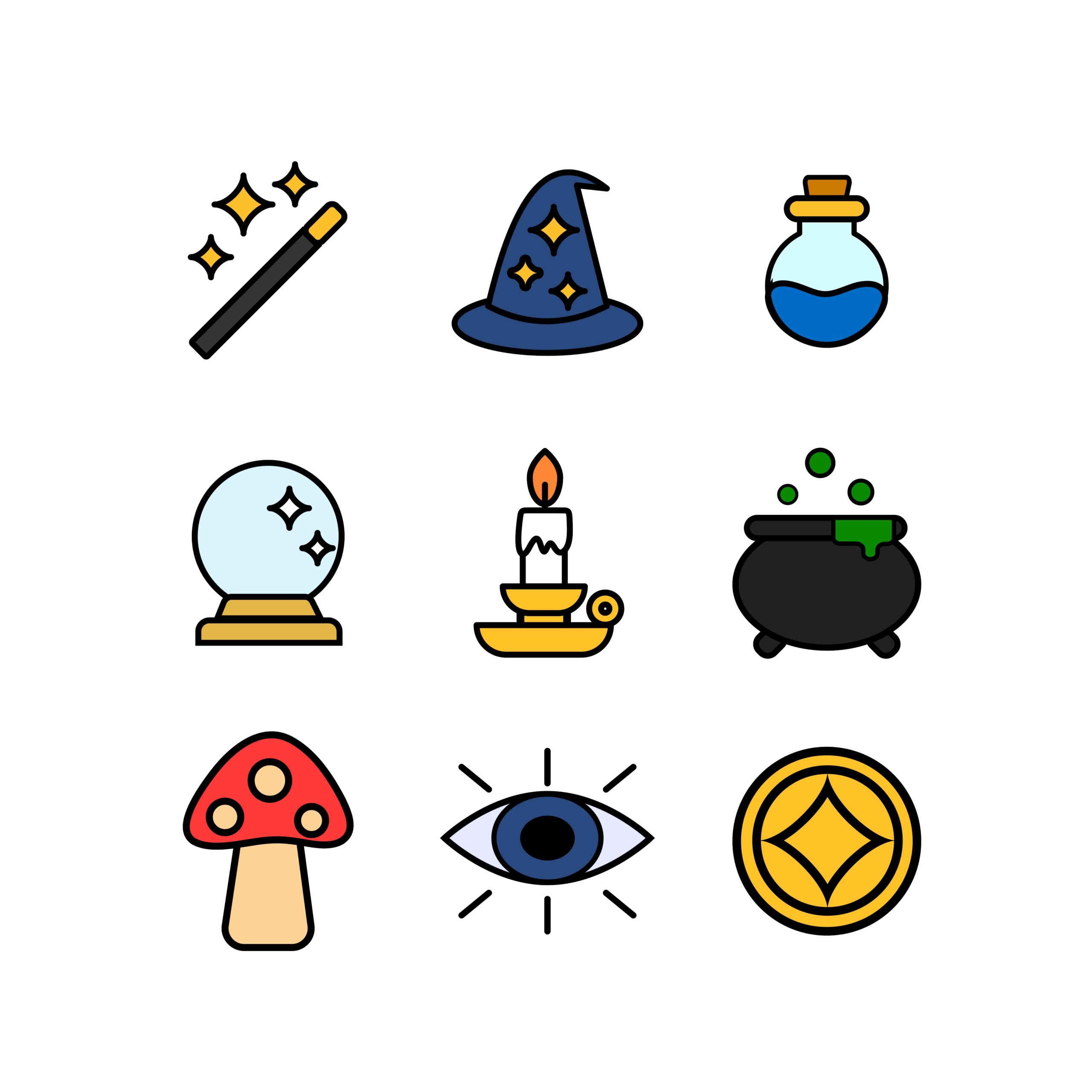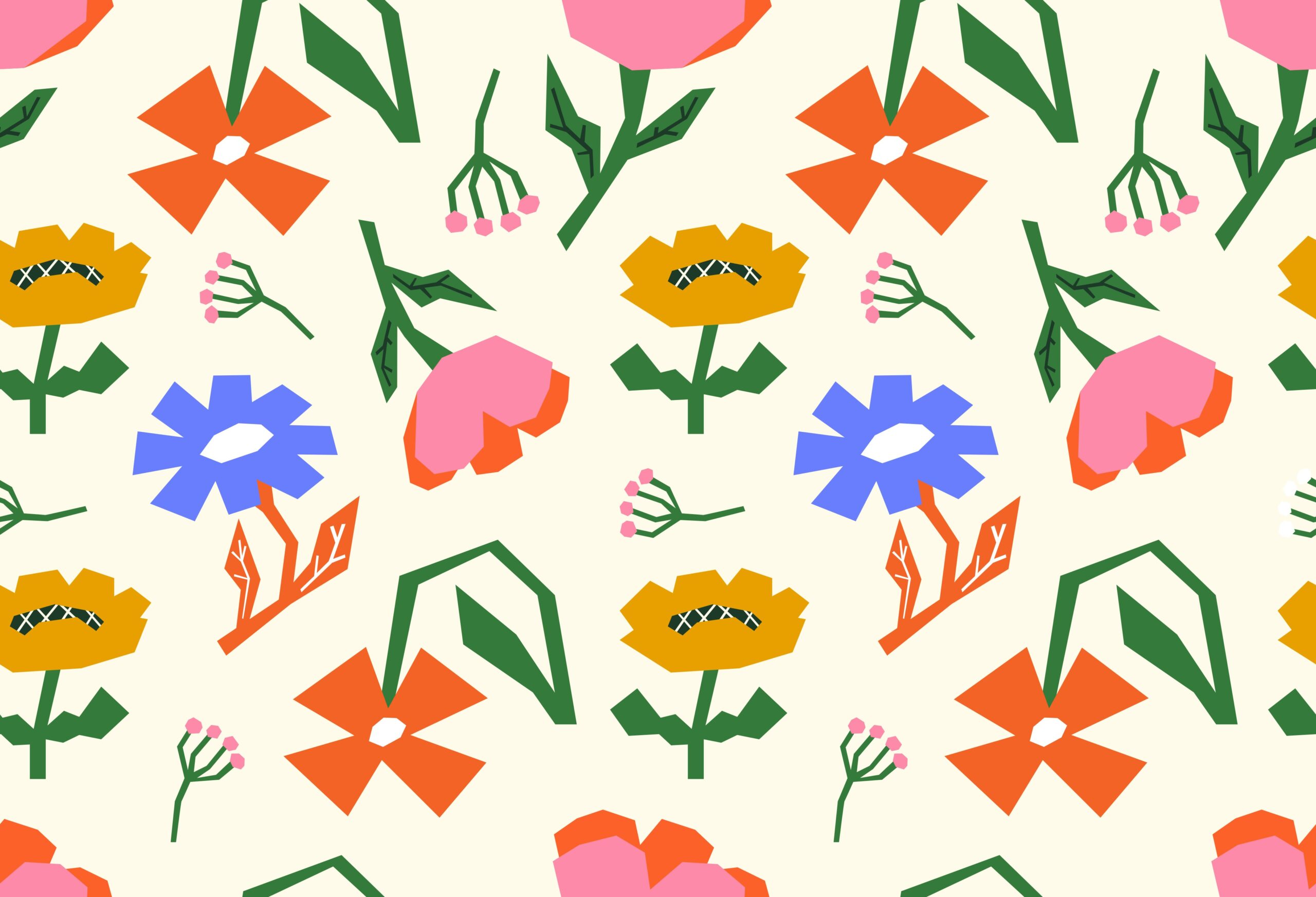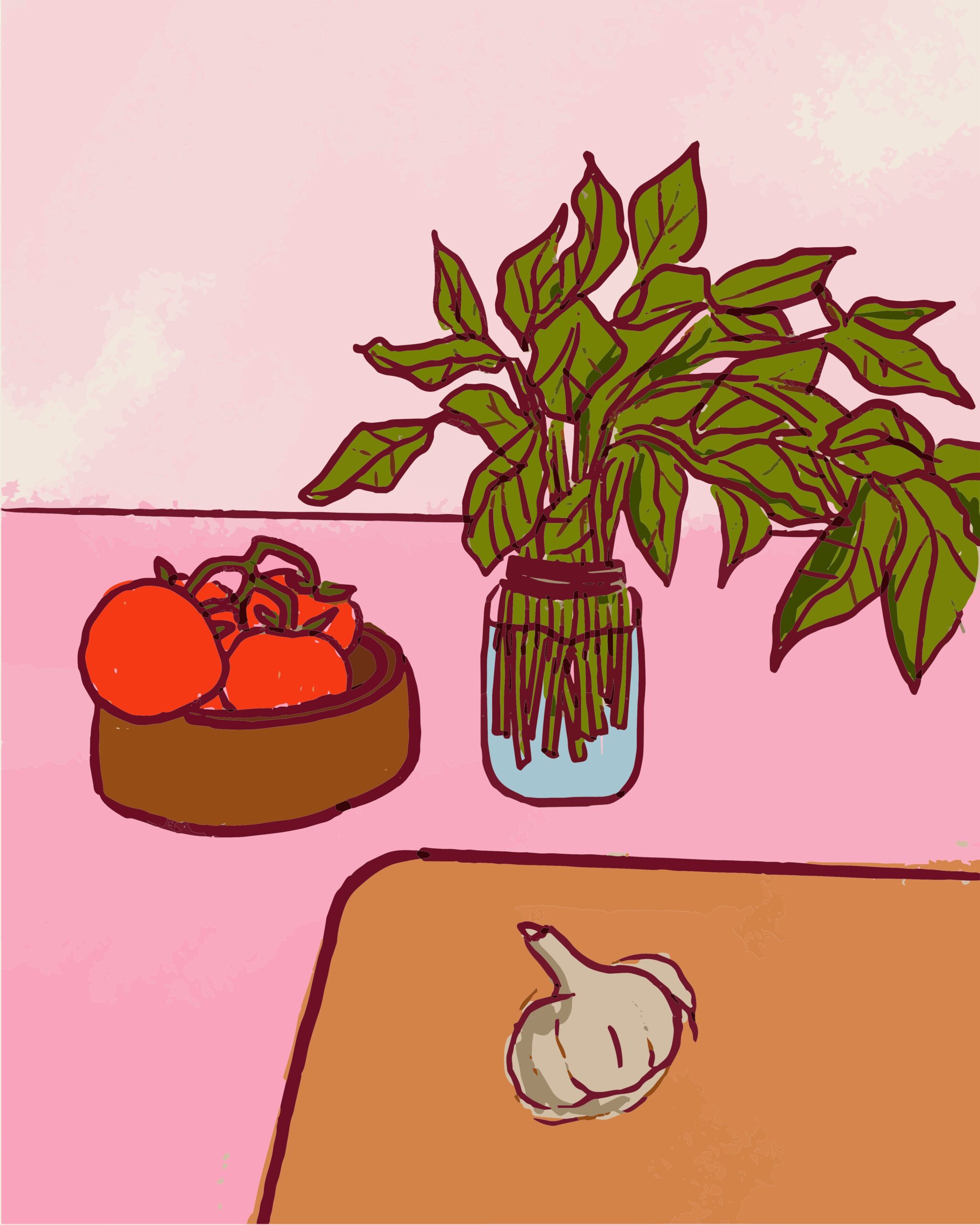The way blog posts are displayed dramatically influences how we perceive and manage our older content. My observation is that when every article is shown in full text, past entries tend to sink out of view, while excerpt-based or card layouts bring older posts back into attention. This subtle difference can greatly shape a blogger’s mindset toward archiving, deleting, or revisiting content.
Full-Text Lists: The Endless Scroll
- Older posts easily fade into the background since readers mainly track the latest updates.
- The blog takes on a “warehouse” feel, where content accumulates but rarely resurfaces.
- For the site owner, this makes the archive more of a storage space, encouraging long-term “stocking” rather than active curation.
Excerpt or Card-Based Displays
- With better scannability, older posts remain more visible to readers.
- Titles, images, and featured snippets increase the chances of rediscovering past entries.
- Site owners are more frequently reminded of old content, which can spark a desire to update, reorganize, or even delete outdated material.
The Psychology of Content Management
When older posts frequently appear in excerpt or card formats, bloggers are nudged toward an “active curator” mindset. Seeing an old piece side-by-side with fresh content makes it harder to ignore inconsistencies or irrelevance. By contrast, if posts are buried deep in a scroll of full-text entries, the tendency leans toward passive accumulation, leaving archives untouched.
Weighing the Trade-offs
- Stock-oriented (full-text): Minimal stress, easier to keep a long record, but valuable posts are prone to being buried.
- List-oriented (excerpt/cards): Stronger awareness of the entire body of content, but demands constant evaluation, pruning, and selective upkeep.
In practice, most bloggers wrestle with this exact tension. The choice between “showing everything” versus “highlighting selectively” is not just a design preference but a psychological lever that influences how we perceive our own archives. For content creators and web designers alike, this simple matter of display format can have a profound impact on long-term site management.

![[Art] Art 039 2 Art 039 scaled](https://genxnotes.com/wp-content/uploads/2025/08/Art-039-scaled.jpeg)
![[Art] Art 038 3 Art 038 scaled](https://genxnotes.com/wp-content/uploads/2025/08/Art-038-scaled.jpeg)

![[Art] Art 037 5 Art 037 scaled](https://genxnotes.com/wp-content/uploads/2025/08/Art-037-scaled.jpeg)
![[Art] Art 036 6 Art 036 scaled](https://genxnotes.com/wp-content/uploads/2025/08/Art-036-scaled.jpeg)
![[Art] Art 035 7 Art 035 scaled](https://genxnotes.com/wp-content/uploads/2025/08/Art-035-scaled.jpeg)
![[Art] Art 034 8 Art 034 scaled](https://genxnotes.com/wp-content/uploads/2025/08/Art-034-scaled.jpeg)

![[Art] Art 033 10 Art 033 scaled](https://genxnotes.com/wp-content/uploads/2025/08/Art-033-scaled.jpeg)









